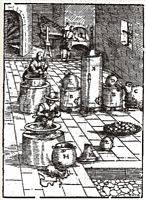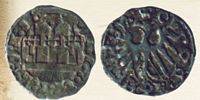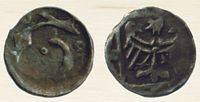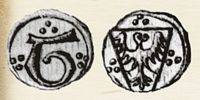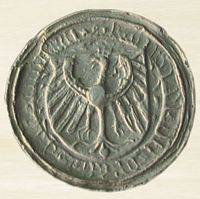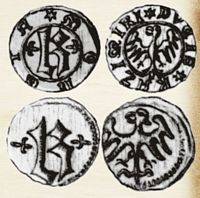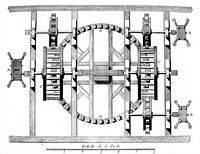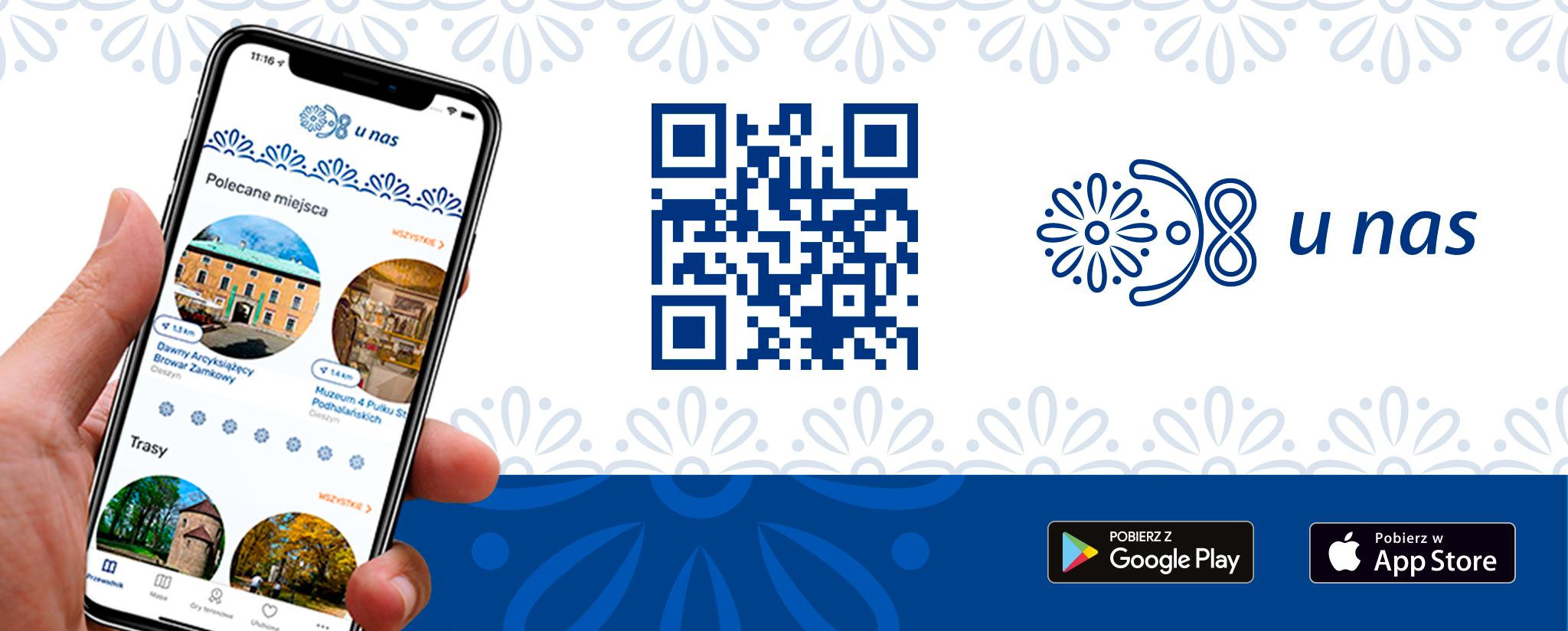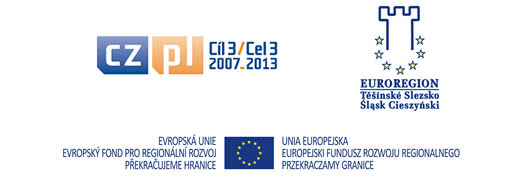Hellers of Cieszyn
Money in different forms has always accompanied the people of Cieszyn. Initially, like everywhere else it used to be commodity monies functioning as a means of exchange. During the times of domination of the Great Moravian Empire tribes inhabiting Silesia used iron currency bars in the shape of an axe as a form of pre-coinage money. A huge collection of them (3.5 tonnes) was discovered in Okół, Cracow. The same iron bar has been found only a few kilometres from Cieszyn, in the stronghold in Chotěbuz (Kocobędz-Podobora) which was closely bound up with Cieszyn’s history and inhabited from midway through the 8th century. Nevertheless real coins, that is Roman coins, were introduced much earlier to the area which was later to become Cieszyn Silesia. Roman coins dating from different periods have been found in over a dozen places within Cieszyn Silesia, i.e. Kończyce Małe, Goleszów and Mosty u Jablunkova. Considerably rarer is the gold Celtic coin discovered in 1951 during archaeological excavations on the Castle Hill in Cieszyn. The monetary history of Cieszyn Silesia is closely related to the history of money of neighbouring countries, chiefly Poland, Bohemia and Austria. From the end of the 10th century to the first half of the 14th century Cieszyn Silesia belonged to Poland; therefore the inhabitants used Polish coins. The first ones were denars struck by Prince Mesco I and then King Boleslaus the Brave. Denars, whose name is borrowed from the Roman denarius, were silver and generally the only coins in circulation until the end of the 13th century. At first they weighed about 1.5 g, subsequently less and less. In Silesia the first coins were produced in the mint in Wrocław (Breslau) during the reign of Boleslaus the Bold. Minting in Upper Silesia has a later origin, beginning in the second half of the 12th century, during the times of Prince Mesco the Crosslegged, when all the princes of the Piast dynasty considered themselves entitled to strike their own coin, while the weak Senior Prince, Casimir the Just of Cracow, was not able to prohibit the coinage prerogative. Mesco the Crosslegged most probably had a mint in Racibórz, where he resided, and later also in Opole. The Princes of Opole and Racibórz, in whose possession the castellany of Cieszyn remained, issued mainly denars, and in the first half of the 14th century also bracteates. In the 12th and 13th centuries a replacement of a coin in circulation by a new one seemed to be a common and a highly profitable practice enforced by rulers within their territory every few years (so called recoinage). Additional profits accrued from coinage debasement i.e. reduction of the precious metal content in newly minted coins which led to the devaluation of the currency and economic disturbances. The value of coins changed constantly due to such manipulations; and the reader should bear this in mind.
The history of Cieszyn minting begins with the origins of the autonomous Duchy of Cieszyn and lasts until the 1650s. It has been the subject of research by several scholars for over a century and a half. The earliest significant contribution was that of Victor Karger, who studied documents from the period of the last Cieszyn Piasts kept in the Viennese archives of the Princes of Liechtenstein and inaccessible to Polish scholars. A considerable amount has been written on this subject by Czech researchers, particularly Erich Šefčik. Recently Borys Paszkiewicz has carried out complex research into minting in Upper Silesia.

